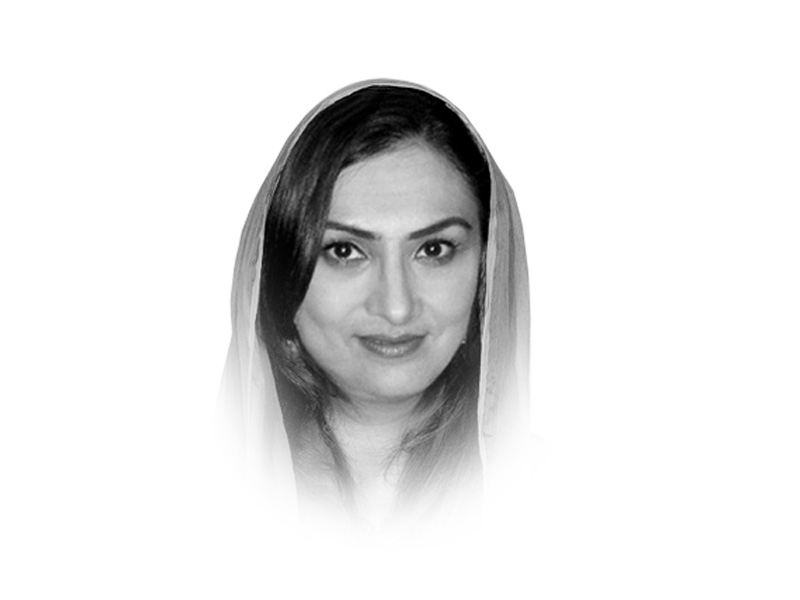
During its initial days, the BISP adopted the parliamentarian system of beneficiary identification, given the absence of any database on poor households. Under this system, forms were distributed to MNAs/MPAs/Senators to identify the underprivileged in their constituency and after verification by NADRA, they were to become eligible for BISP benefits. However, this was contrary to the international practice of using objectives and the verifiable poverty targeting approach. Therefore, the BISP decided to have a more robust method of targeting eligible beneficiaries and, with the technical support of the World Bank and DFID, collected a set of household socio-economic indicators through a national door-to-door census during 2010-11 that led to the evolution of Pakistan’s first NSER. Only those socio-economic indicators were selected from the 2007-08 Pakistan Household Integrated Economic Survey (HIES) that correlate significantly with households’ consumption. These included household and individual characteristics, such as the number of household members and dependents; their educational level; ownership of durable goods; housing characteristics; and ownership of productive assets, especially land holdings, livestock, and farm equipment and other characteristics. This method of assessing the welfare status of households, known as the Proxy Means Test (PMT), is widely used by safety net programmes globally to target their beneficiaries. The main advantages of this method include simplicity and cost-effectiveness in obtaining a reliable measure of household level welfare status by using only a limited amount of information collected through a simple questionnaire and transparency, objectivity, and verifiability.
The PMT’s performance was initially estimated using the 2007-08 HIES. At that time, the programme was expected to cover about 40 per cent of the poorest quintile. It was also estimated that about 60 per cent of beneficiaries will belong to the poorest quintile, a performance similar to most well-known PMT-targeted programmes. The design of the PMT formula was assessed again using the 2010-11 HIES data, and it was found that the BISP PMT is designed to be pro helping the poor, with a worthy targeting performance. The 2013-14 HIES data shows that about 48 per cent of BISP beneficiaries are coming from the poorest quintile and 75 per cent are coming from the bottom 40 per cent (compared with 82 ‘by design’). The BISP targeting performance compares well with similar programmes, including Brazil’s Bolsa Familia, Mexico’s Prospera and the Philippines’ 4P. As per efficient international practices, updates of registries are usually undertaken every four to five years. Accordingly, the BISP Board recommended in 2015 that the NSER is updated and later the Government of Pakistan approved the launch of the update with a test phase in 15 districts and one Fata agency that started in June 2016. There were many factors that necessitated the update. More specifically, the socio-economic landscape of Pakistan has faced changes in the past years, whereby potentially more households have been pushed into poverty. Similarly, the rising level of vulnerabilities, recurring natural disasters in major poverty-stricken areas, pockets in the country that have seen major displacement due to conflict/ongoing insecurity may also have pushed a substantial number of households below the poverty line. Given the static nature of the current NSER, these changes in socio-economic characteristics of households have not been captured. Hence, it has become important to reassess the status of the current beneficiaries and identify new households that fit the criteria for the programme but currently are not benefiting from it.
The BISP adopted a highly participatory process and established an advisory committee to guide the updating process. The committee comprises provincial representatives, economists, poverty experts and civil society. The World Bank is providing technical, operational, and financial support to the BISP in completing this nationwide exercise in accordance with international practices and has helped in revising the PMT formula, refining the targeting instrument and assessing the Value for Money (VfM) of the two survey approaches: self targeting (desk approach); and door-to-door survey. While the previous survey was paper based, the present update is CAPI (computer assisted personal interview) based, which minimises human error and expedites data processing. Once the nationwide data collection is completed in early 2018, the present NSER will be transformed into a dynamic registry to ensure that it remains a national asset, being the most credible database on the socioeconomic status of households in the country.
What Pakistanis need to realise is that the NSER is a national asset. In fact, the BISP is its customer and custodian. It is an analysis of households beyond the poorest of the poor. The last survey captured the underprivileged in numbers up to cut off point of not just 16.17 but up to a 100 thus capturing a large percentage of the population. The BISP has been mandated by the present PML-N government to undertake this survey yet again after the international success of the last one in 2010-11. Except this time the PML-N leadership, the PM and the Finance Minister expects that Pakistan will clinch the number one position internationally. Additionally, the expectation is that domestically, the NSER will cater to the needs of all. Its objective is to provide all levels of governments and private sector in Pakistan with the demographics of a population waiting for goods and public services. The NSER is all of Pakistan, thus the best way to describe it is, ‘hum hain Pakistan’ (we are Pakistan). It is the answer to the government’s challenge of tackling identification of the poverty stricken and others so that not just poverty alleviation is managed but development is better managed through a scientific database. For the NSER to be successful, all of Pakistan needs to take part in it when it reaches your district, city or village. We are counting on all Pakistanis to be part of the development of Pakistan by taking part in the NSER.
Published in The Express Tribune, September 21st, 2016.
Like Opinion & Editorial on Facebook, follow @ETOpEd on Twitter to receive all updates on all our daily pieces.


1730464111-0/raygun-(1)1730464111-0-165x106.webp)
1730967569-0/BeFunky-collage-(28)1730967569-0-165x106.webp)
1730967164-0/trump-(21)1730967164-0-165x106.webp)






COMMENTS (6)
Comments are moderated and generally will be posted if they are on-topic and not abusive.
For more information, please see our Comments FAQ